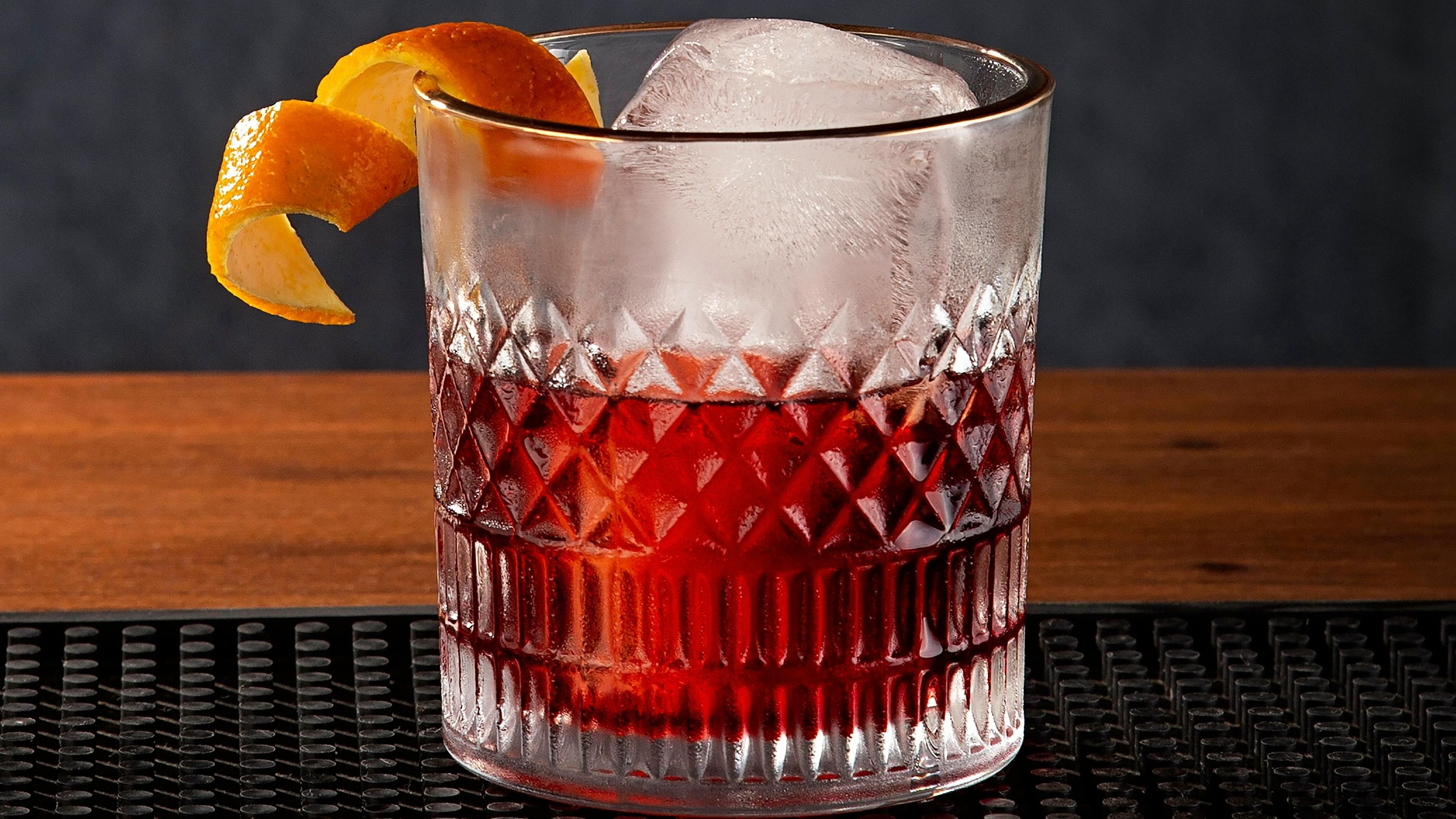
Negroni.
Credit: Special Arrangement
If Japanese cuisine is having a moment globally, can their cocktails be far behind? Just as Japanese food is all about the harmony of flavours and the island nation’s philosophies are largely about mindfulness, acceptance, finding beauty in imperfections and peace within oneself, Japanese cocktails too are strikingly distinct in their character and texture. The difference lies not just in the ingredients and recipes used but also in the way the country’s culinary traditions are bound with the cocktails envisaged, the decorous manner in which they are prepared and the unconscious ‘slow food’ aspect of the drinks.
For instance, you would observe in most bars on weekends, bartenders don’t have time to breathe...they are constantly on the move, getting out drinks, thinking on their feet and keeping the atmosphere charged and lively. On the other hand, the Japanese cocktail culture insists on making one drink at a time but preparing it carefully, slowly and what some bartenders call “intentionally”.
In her immersive book, The Way of the Cocktail, Julia Momosé, an experienced bartender herself, says a cocktail can be truly termed Japanese only if it reflects a sense of balance and harmony. In her words: “It is about intention, mindset, and technique. About ceremony and concentration, refinement, precision, and elegance.”
Reoma ‘Oma’ Mita, head mixologist of the renowned SG Club in Tokyo, agrees and adds that the cocktail culture is part of a larger ethos of taking up something everyday, ordinary even, and rendering it beautiful. Incidentally, the SG Club, famous for its extraordinary drinks and retro-style architecture, is considered to be one of the best bars in Asia today. Mita was in Bengaluru recently for a pop-up where he introduced a few specially curated cocktails to the city’s enthusiasts. He tells us that just like Japanese cuisine, the cocktails too focus on fresh, seasonal ingredients and the trick is in the attention to detail — be it the kind of glass used, the particular way in which the ice is cut (jewel spheres are oft-visible) or the finesse with which it is served.
Take the simply christened ‘The Japanese Cocktail’. In goes yomogi, an aromatic herb supposedly full of antioxidants, a dash of the delicate wasanbon, the fine-grained Japanese sugar, and Kokuto, also known as the Okinawa black sugar, the ‘fun’ part of the famous Okinawa diet that is said to promote longevity. The big-hit drink was the aptly named ‘Golden Guy’ that blended premium tequila and agave nectar with barley, yuzu (the Japanese citrus fruit that is now a global favourite) and shiso leaves that you may have found in your bento box or over your sushi. The heavier and, dare we say, boozier, ‘Connoisseur’s Negroni’, came with a hint of raspberry and cacao stirred with rose vermouth and amaro, the bittersweet liqueur. As its name suggested, this particular cocktail was an acquired taste. Interestingly, many of the ingredients that are used in Japanese bars are not processed at all. For instance, using fresh fruit with the peel intact is a trend that is slowly but certainly catching on in other countries.
However, as Mita says, adding yuzu or shiso does not make a cocktail Japanese — the secret lies in the craftsmanship and in the art of learning to drink in every moment.